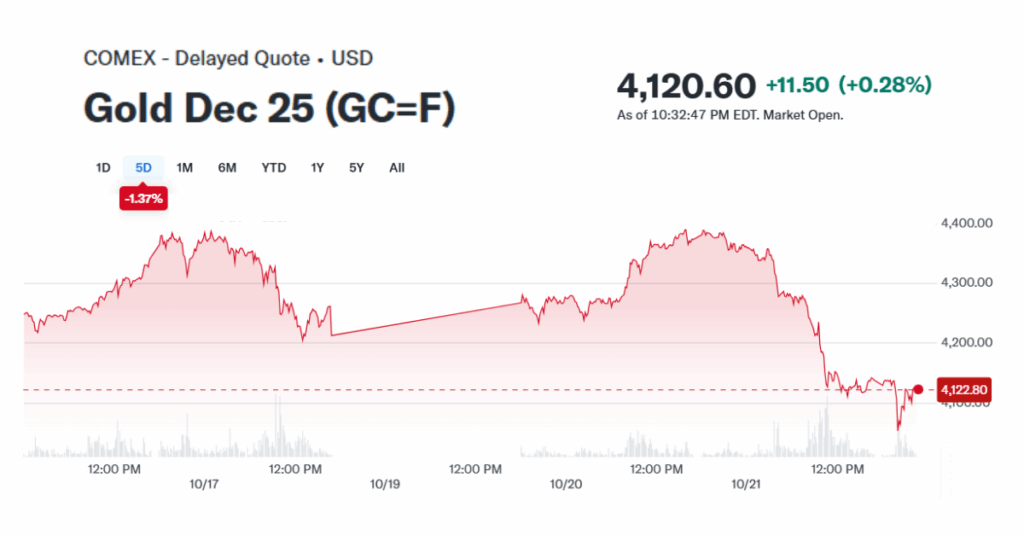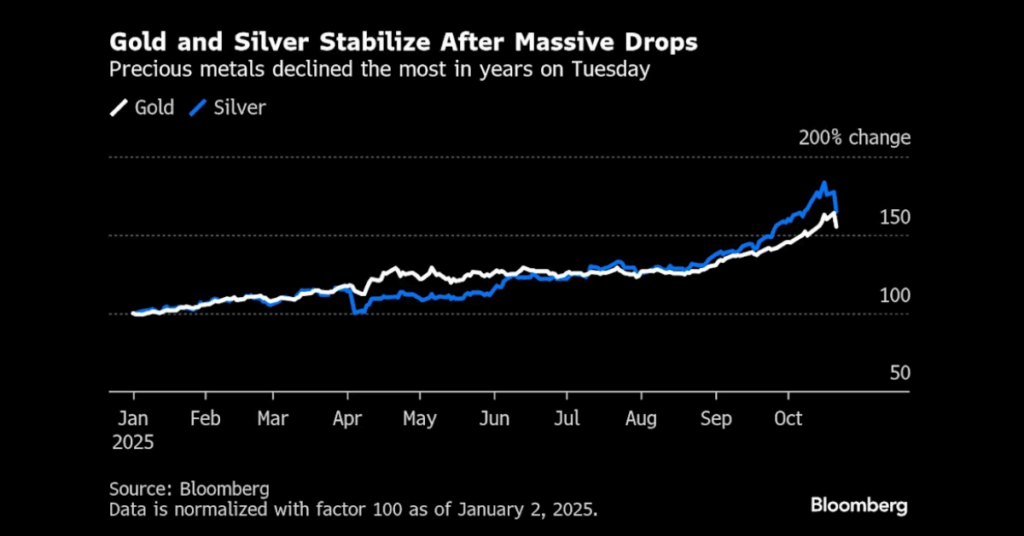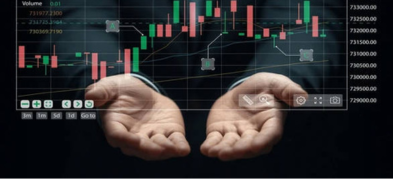
Ultima Markets App
Trade Anytime, Anywhere
Important Information
This website is managed by Ultima Markets’ international entities, and it’s important to emphasise that they are not subject to regulation by the FCA in the UK. Therefore, you must understand that you will not have the FCA’s protection when investing through this website – for example:
- You will not be guaranteed Negative Balance Protection
- You will not be protected by FCA’s leverage restrictions
- You will not have the right to settle disputes via the Financial Ombudsman Service (FOS)
- You will not be protected by Financial Services Compensation Scheme (FSCS)
- Any monies deposited will not be afforded the protection required under the FCA Client Assets Sourcebook. The level of protection for your funds will be determined by the regulations of the relevant local regulator.
Note: Ultima Markets is currently developing a dedicated website for UK clients and expects to onboard UK clients under FCA regulations in 2026.
If you would like to proceed and visit this website, you acknowledge and confirm the following:
- 1.The website is owned by Ultima Markets’ international entities and not by Ultima Markets UK Ltd, which is regulated by the FCA.
- 2.Ultima Markets Limited, or any of the Ultima Markets international entities, are neither based in the UK nor licensed by the FCA.
- 3.You are accessing the website at your own initiative and have not been solicited by Ultima Markets Limited in any way.
- 4.Investing through this website does not grant you the protections provided by the FCA.
- 5.Should you choose to invest through this website or with any of the international Ultima Markets entities, you will be subject to the rules and regulations of the relevant international regulatory authorities, not the FCA.
Ultima Markets wants to make it clear that we are duly licensed and authorised to offer the services and financial derivative products listed on our website. Individuals accessing this website and registering a trading account do so entirely of their own volition and without prior solicitation.
By confirming your decision to proceed with entering the website, you hereby affirm that this decision was solely initiated by you, and no solicitation has been made by any Ultima Markets entity.
I confirm my intention to proceed and enter this website Please direct me to the website operated by Ultima Markets , regulated by the FCA in the United KingdomWhy Is Gold Dropping Now? What Lies Ahead?
If you’ve been following the precious metals market, you’ve likely noticed a significant gold drop recently. After hitting record highs, gold prices have experienced sharp declines, leaving many investors wondering about the underlying factors contributing to this shift. In this article, we’ll analyse why is gold dropping, the broader market dynamics, and what traders can expect moving forward.
Key Factors Behind Why Gold Is Dropping
1. Profit-Taking After a Record-Breaking Rally
Gold prices had been on a remarkable upward trajectory throughout 2025, hitting an all-time high of $4,381.21 per ounce on October 20. This surge was driven by expectations of interest rate cuts from the Federal Reserve, rising inflation fears, and geopolitical uncertainties. However, after such a massive rise, it’s common for markets to experience corrections. On October 21, 2025, spot gold dropped as much as 6%, marking its largest intraday decline in over a decade.

Why is gold dropping now? This is because profit-taking is a natural response after a record rally. When prices climb rapidly, investors often lock in profits, which leads to corrections in the market. The decline in gold prices reflects this typical market behavior following an overheated rally.
2. Overbought Technical Indicators
One of the primary reasons to why is gold dropping is the overbought technical conditions. Gold’s strong rally pushed indicators like the Relative Strength Index (RSI) into overbought territory, suggesting that prices were unsustainable at those levels. As these indicators signaled a potential correction, traders adjusted their positions, which further fueled the gold drop.
3. Strengthening U.S. Dollar
Another significant factor in answering why is gold dropping is the strengthening U.S. dollar. Gold is priced in U.S. dollars, and when the dollar strengthens, it becomes more expensive for investors holding other currencies. This led to a decrease in demand for gold from international buyers. As the dollar rose in value in the lead-up to the gold drop, it exerted downward pressure on gold prices.
4. Cooling Safe-Haven Demand
Gold has long been a safe-haven asset, especially during times of geopolitical instability and economic uncertainty. However, as trade tensions between the U.S. and China eased, and global economic outlooks improved, safe-haven demand for gold started to subside. As a result, gold prices faced downward pressure as investors sought higher returns from riskier assets.
This cooling of safe-haven demand is also a contributing factor on why is gold dropping. Gold typically thrives in times of global uncertainty, and with a more stable economic environment, its demand weakened, contributing to the correction in prices.
5. End of Indian Gold Buying Season
India is one of the largest consumers of gold, especially during its annual buying season around Diwali. As the Indian gold-buying season came to a close, demand for gold decreased significantly. The end of this peak buying period led to a drop in overall demand, further contributing to the gold drop. As a result, the reduction in gold buying from one of the world’s biggest markets had a direct impact on prices.
Expert Predictions for Gold’s Future Outlook
Despite the gold drop, expert analysis suggests that the long-term outlook for gold remains positive. Here’s what analysts are predicting for gold’s future:
1. Gold’s Rally Could Continue, but Momentum Will Fade
- Tatiana Darie, a macro strategist, noted that gold ETF holdings have not yet reached their previous peak, suggesting that gold’s rally could still have more room to run. However, she cautioned that momentum will eventually fade, and buying could turn into selling.
Why this matters: This implies that while gold’s price could continue to rise in the near term, traders should be aware that the pace of growth may slow, and further pullbacks are possible.
2. Ole Hansen’s View on Market Correction
- Ole Hansen from Saxo Bank pointed out that this gold drop might represent a necessary correction after a strong rally. He believes that the true strength of the gold market will be tested during this phase, as potential buying pressure could limit the extent of the pullback.
Why this matters: Hansen suggests that this period of volatility could be short-lived, and as the market stabilizes, buying interest could resume, supporting gold’s price.
3. The Role of Silver in the Precious Metals Sector

- Tai Wong, an independent metals trader, also highlighted the sharp decline in silver prices, noting that it had a ripple effect on the entire precious metals sector. Silver’s volatility has weighed on the broader market, and Wong believes that while market sentiment may weaken below $50, silver will continue to trade sideways with high volatility as long as gold remains relatively strong.
Why this matters: Silver’s price movements are often linked to gold, so the performance of silver could provide insight into gold’s direction. If silver continues to experience volatility, it may affect overall market sentiment, including gold.
What Does This Mean for Traders?
The recent gold drop presents both challenges and opportunities for traders. Here are some strategies to consider:
- Watch for Consolidation: After a significant rally and correction, gold is likely to consolidate between $4,000 and $4,500 per ounce in the short term. This range offers potential buying opportunities as the market stabilizes.
- Use Technical Analysis: Pay attention to key support levels and resistance zones. Using technical indicators like RSI, moving averages, and Fibonacci retracements can help identify potential price reversals and entry points.
- Buy the Dip: For long-term investors, the current drop may present an opportunity to buy gold at a discount. If inflation, geopolitical tensions, or other economic issues escalate, gold could see another rally in the future.
- Diversify Your Portfolio: Given the volatility in the precious metals market, consider diversifying your investments across other asset classes to hedge against sudden price swings.
Will the Gold Drop Continue?
While the gold drop in October 2025 has been sharp, it’s important to view this as a market correction rather than the start of a long-term downtrend. Gold’s fundamental appeal, driven by geopolitical uncertainty, inflation fears, and low interest rates, continues to support its long-term growth potential.

Traders should remain vigilant, monitoring key price levels and economic indicators. As always, adapting to market conditions and staying informed will help navigate the unpredictable gold market. For those with a long-term view, the current dip may present an opportunity to enter at favorable prices, positioning for potential future gains.
Disclaimer: This content is provided for informational purposes only and does not constitute, and should not be construed as, financial, investment, or other professional advice. No statement or opinion contained here in should be considered a recommendation by Ultima Markets or the author regarding any specific investment product, strategy, or transaction. Readers are advised not to rely solely on this material when making investment decisions and should seek independent advice where appropriate.












